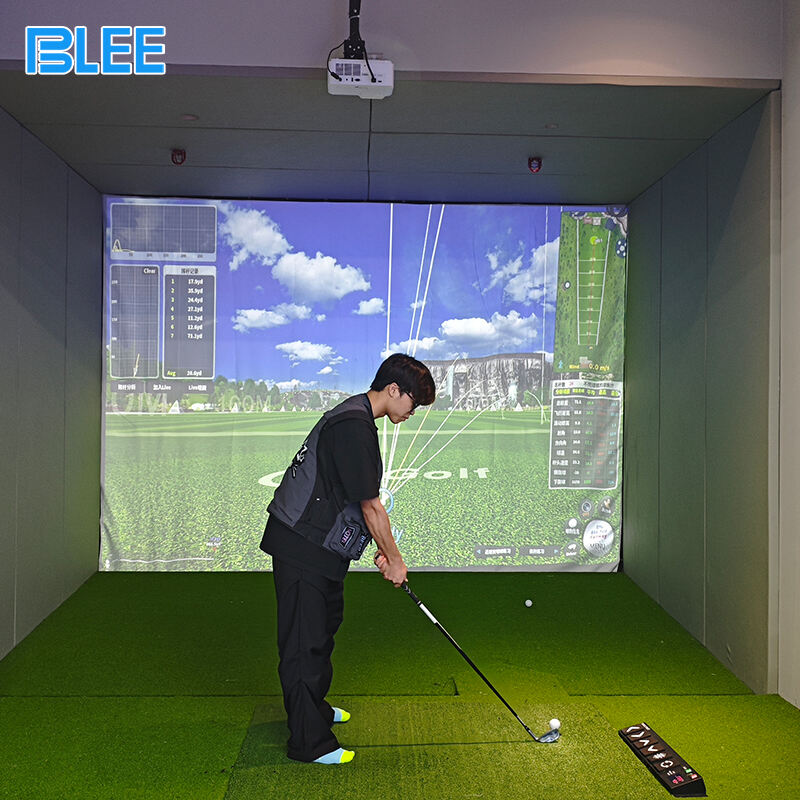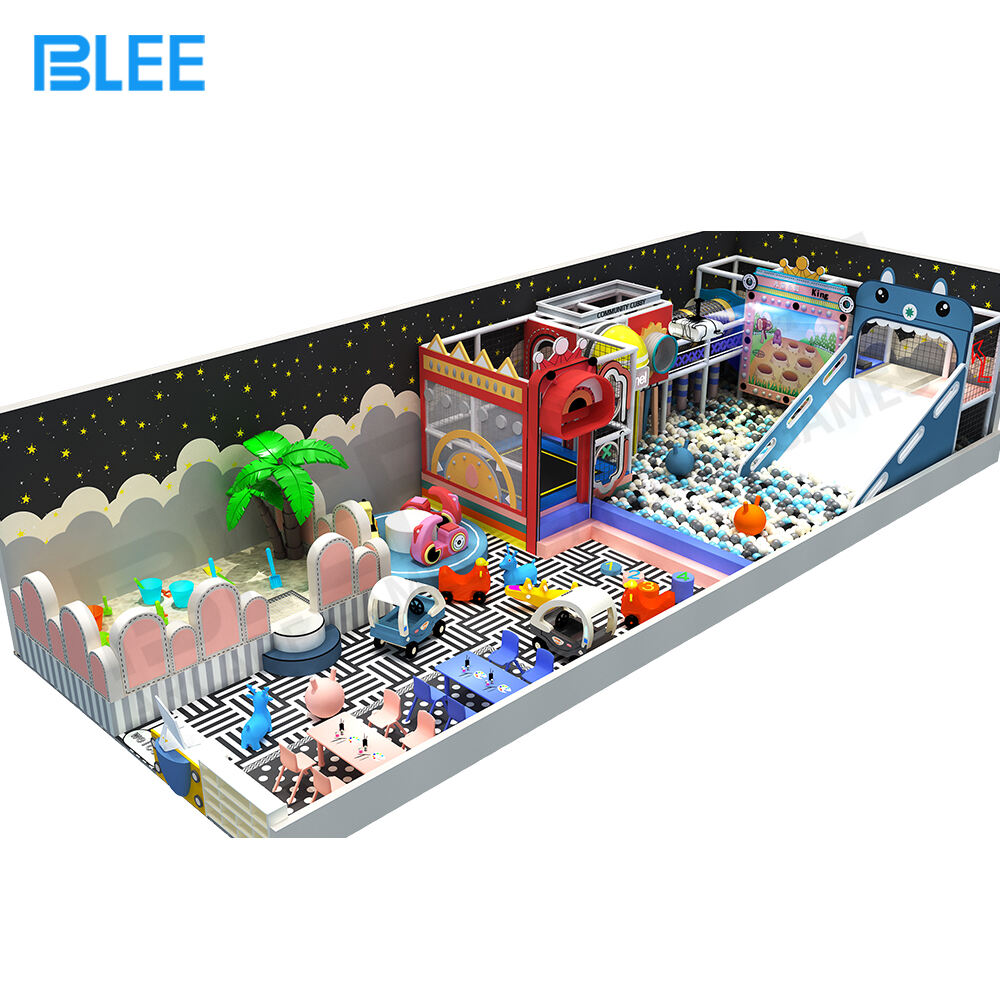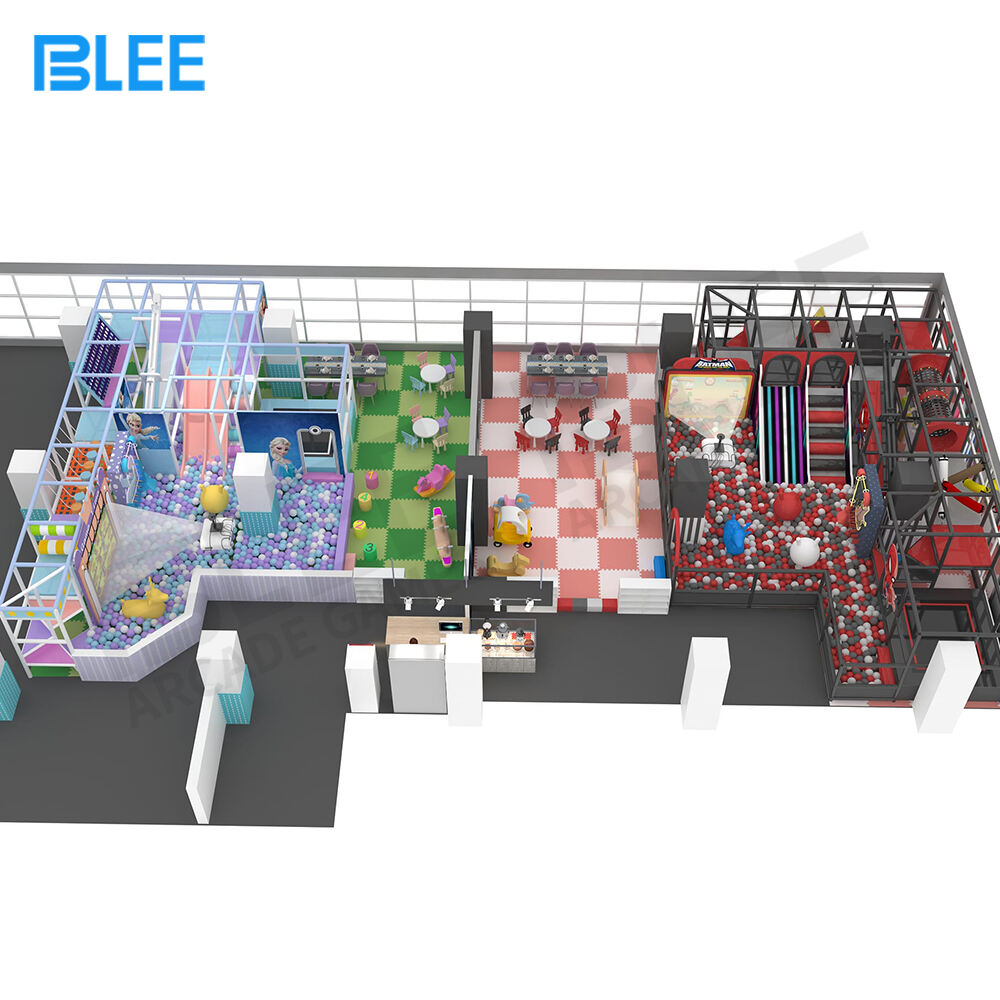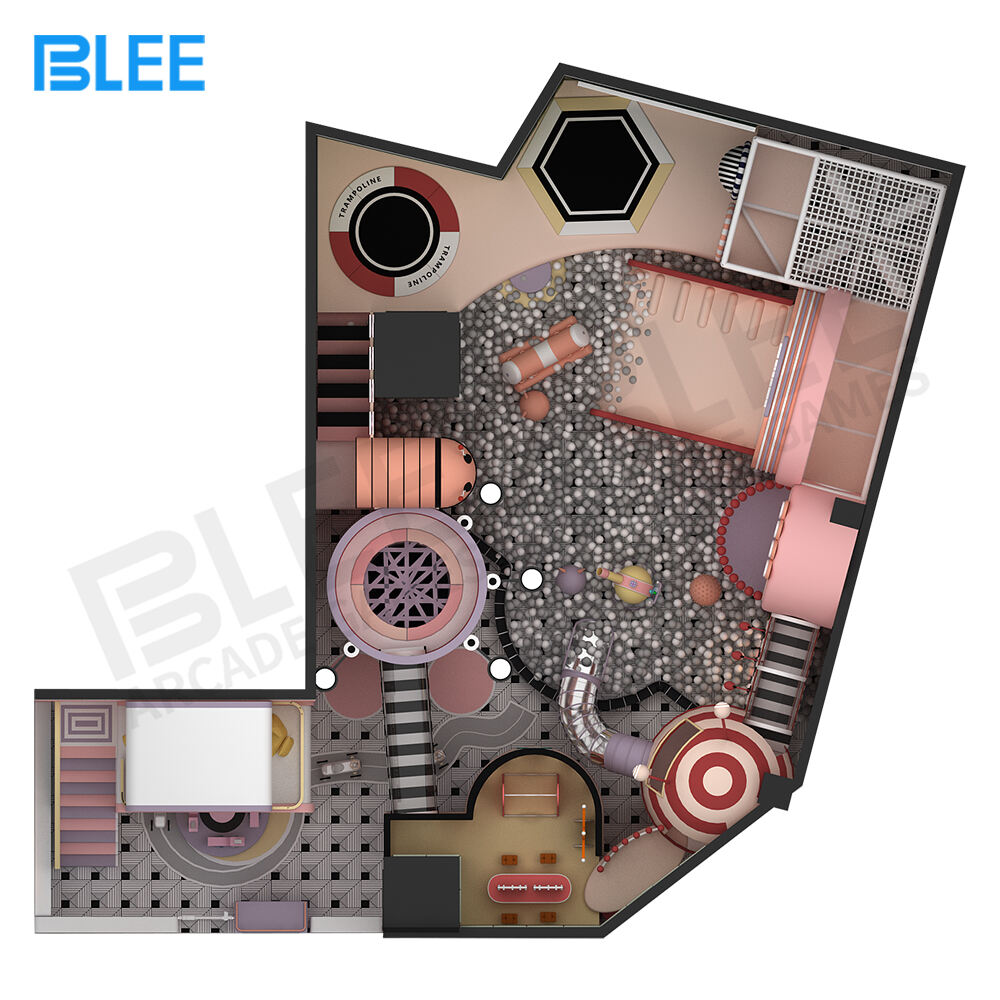The Evolution of Interactive Gaming Experiences
From Arcade Games to Augmented Reality
The evolution of interactive gaming has taken a remarkable journey from the confines of traditional arcade games to the expansive world of augmented reality (AR). Initially, arcade games offered fixed gameplay experiences with limited interactivity, but technological advancements have dramatically transformed this landscape. Key innovations include the introduction of touchscreens, online multiplayer functionalities, and the rise of mobile gaming. According to market statistics, there has been a substantial increase in mobile gaming revenues, highlighting the popularity of these platforms. Additionally, the advent of augmented reality technologies in gaming has paved the way for groundbreaking experiences. A prime example is Pokémon GO, a game that seamlessly integrates the digital and physical worlds, illustrating AR's potential to revolutionize how we interact with games.
The Role of Physical Activity in Modern Gaming
Modern interactive gaming is increasingly integrating physical activity, catering to players who want an immersive and dynamic experience. Unlike traditional sedentary gaming, these interactive experiences require players to move and engage physically to achieve success, offering health benefits in the process. Statistics have highlighted that such games can significantly reduce sedentary behavior and promote better physical health. Games like Dance Dance Revolution and various VR sports platforms epitomize this trend, encouraging participants to stay active while enjoying the gaming experience. These games not only enhance physical fitness but also offer a fun and social way to engage with friends and family, illustrating the evolving relationship between gaming and physical activity.
Core Technologies Powering Interactive Play
Motion Sensors and Real-Time Feedback Systems
Motion sensor technology has fundamentally altered the gaming landscape, transforming traditional gameplay into an interactive experience. These sensors detect players' physical movements and convert them into digital actions, enhancing the level of engagement and realism in games. For instance, platforms like Kinect and PlayStation Move utilize motion sensors to capture physical activity, providing immediate feedback and immersive experiences to users. The precision and responsiveness of these systems are remarkable, with surveys indicating high levels of user satisfaction and increased engagement. According to a report, these advances have led to a spike in gaming participation, reflecting the enduring appeal of motion-based games.
Augmented Reality (AR) and Virtual Reality (VR) Integration
Augmented Reality (AR) and Virtual Reality (VR) are redefining the way interactive gaming unfolds, offering deep immersion for users. By overlaying digital elements onto the physical world, AR enriches gameplay, while VR transports users to entirely new environments. Successful implementations, such as the AR integration in educational and entertainment venues, have demonstrated substantial user engagement, with studies noting increases in active hours played. As technology progresses, these tools promise even greater enhancements in the gaming sphere, paving the way for a more interconnected and immersive future. The ongoing developments in AR and VR signal exciting prospects for gamers and developers alike.
Adaptive AI in Trampoline Parks and Soft Play Equipment
Adaptive AI represents a pivotal advancement in tailoring interactive play experiences, particularly within trampoline parks and soft play equipment. Through AI-driven personalization, these environments are evolving to meet specific user preferences and ensure safety. BLEE amusement is a prime example, harnessing AI to create dynamic and engaging physical play areas that adjust to each individual's activity level. By analyzing user data, BLEE can continuously refine the interactive elements to meet diverse needs, thus enriching user engagement and satisfaction. The importance of this data collection is crucial, as it aids in enhancing both the enjoyment and educational aspects of the gaming experience, turning play into both a fun and insightful journey.
Benefits of Blending Physical and Digital Play
Enhancing Motor Skills Through Soft Play Playgrounds
Combining physical and digital play environments can significantly enhance the development of children's motor skills. Soft play playgrounds are designed to encourage activities like climbing and jumping, which are essential for improving coordination and balance. According to research, children engaging in these activities exhibit a 20% improvement in motor skills within six months. Child development experts assert that integrating digital elements in these playgrounds can amplify engagement and motivation, further enriching physical activity experiences. Dr. Emily Schwartz, a renowned child psychologist, emphasizes that physical play is crucial for children's overall development and must not be overlooked in favor of digital play.
Inclusivity for Neurodivergent Audiences
Interactive gaming experiences can be transformative when designed with inclusivity in mind, especially for neurodivergent individuals. Creating sensory-friendly environments in indoor playgrounds can provide spaces where these individuals feel comfortable and engaged. For instance, the company SensorySphere has developed interactive modules specifically tailored for neurodivergent children, employing calming colors and soft textures to reduce sensory overload. A survey by the Autism Research Institute highlights that 75% of parents and caregivers find these environments beneficial for their children's social and emotional development. Expert opinions widely support the need for inclusive play spaces, citing benefits such as increased confidence and improved social interactions.
Social Interaction in Indoor Playgrounds
The social benefits of interactive gaming in indoor environments are immense, particularly for fostering community building and cooperation among children. Indoor playgrounds equipped with interactive games offer opportunities for kids to collaborate and engage with peers, crucial for developing emotional and social skills. Studies show a marked improvement in social abilities and emotional health among children who frequently participate in social play activities. For example, setups like those found in PlayTogether venues encourage teamwork and communication, promoting healthy peer interactions. With interactive challenges and cooperative goals, these environments foster a sense of community and belonging, pivotal in children's emotional growth and social wellbeing.
Case Studies: Real-World Applications
GenMove App: WHO’s Digital Fitness Initiative
The GenMove app, developed by the World Health Organization, aims to combat sedentary lifestyles among children aged 8 to 15 through interactive digital fitness. This app leverages AI to create engaging games that encourage movement, helping users meet the WHO's recommended 60 minutes of daily physical activity. It particularly stands out due to its capacity to enhance physical skills through sports-based activities, which can be accessed via smartphones or tablets regardless of the user's fitness level. Data indicates promising engagement metrics, showing significant improvements in user health outcomes since its launch. Despite the technological and logistical hurdles faced during its implementation, the initiative's success fuels optimism for similar future projects aimed at integrating physical activity with digital technology globally.
Trampoline Parks as Hybrid Activity Hubs
Trampoline parks have transformed into hybrid activity hubs by integrating gaming technology with traditional physical exertion, thus attracting various age groups. Over recent years, these venues have witnessed significant attendance and revenue growth. Their ability to combine fun, technology, and fitness appeals to health-conscious families and individuals alike. Statistics reveal a notable boost in both visitor enjoyment and health benefits, reflecting the positive reception of these multi-faceted arenas. Customer feedback highlights the parks' capacity to deliver thrilling experiences that promote fitness through dynamic and interactive environments. The continuous innovation in these parks underscores their role in encouraging an active lifestyle.
Museum AR Experiences Inspiring Movement
Museums are pioneering the use of Augmented Reality (AR) to engage visitors by merging digital elements with physical exhibits, thus promoting movement and interaction. Successful installations, such as the Natural History Museum's "Visions of Nature" and the de Young Museum's "Fashioning San Francisco," showcase how AR can enhance visitor engagement by allowing them to experience history interactively. Feedback indicates increased visitor interest and engagement, with data supporting the AR's effectiveness in making museum experiences more dynamic and informative. As this trend grows, museums are positioned to redefine visitor experiences by integrating technology that encourages physical activity and learning, offering new dimensions to traditional explorations.
Future Trends in Interactive Gaming
AI-Driven Personalization in Outdoor Playground Equipment
Advancements in AI technology are revolutionizing outdoor playground equipment by enabling personalized experiences for children. AI analytics can assess and adapt to various factors such as a child's age, activities, and preferences, providing tailored play sessions that optimize engagement and safety. For example, some playgrounds use AI to adjust the difficulty levels of climbing structures and slides based on individual user profiles, ensuring both enjoyment and safety. This customization not only enhances the overall play experience but also considers each child's unique activity needs, making playtime both fun and beneficial.
Global Adoption of Sensory-Friendly Soft Play Innovations
There is an increasing trend in the global adoption of sensory-friendly designs in soft play environments. These innovations aim to cater to sensory-sensitive children, providing them with a welcoming and comfortable play experience. For instance, features such as muted color schemes, quiet zones, and tactile surfaces are becoming standard in new soft play equipment. This shift is supported by statistics showing a significant rise in facilities offering sensory-friendly options in recent years, with many playgrounds incorporating these designs to promote inclusivity and accessibility. As awareness and understanding of sensory processing differences continue to grow, the demand for such inclusive play environments is expected to increase, fostering a play space that meets the diverse needs of children and their families.







